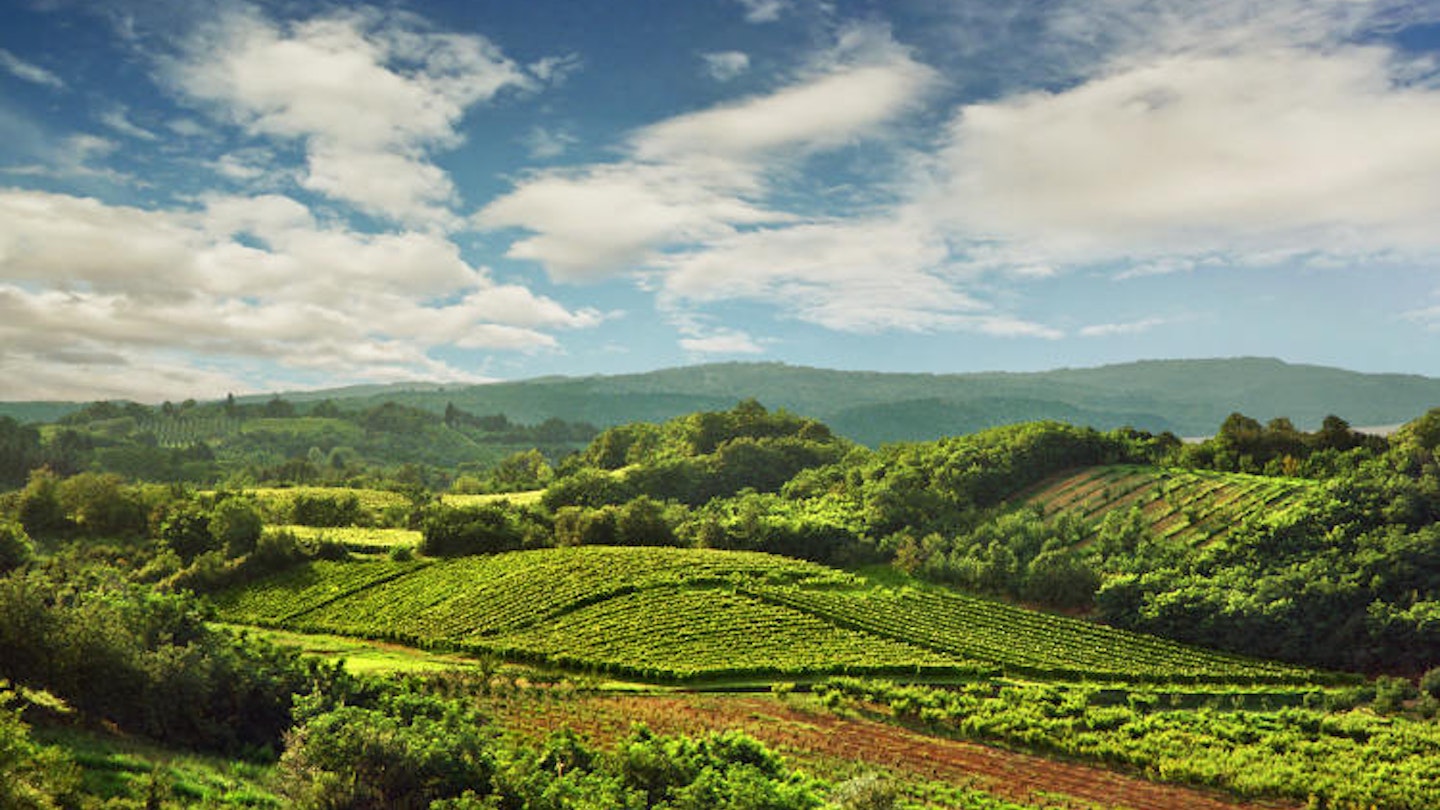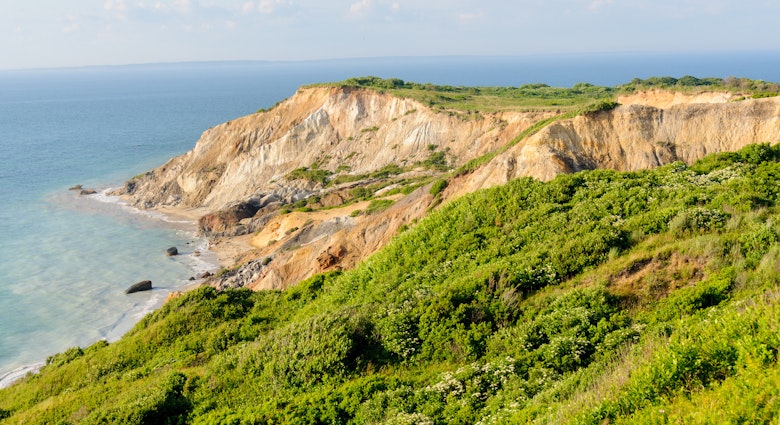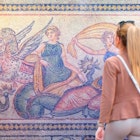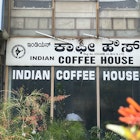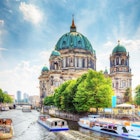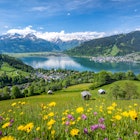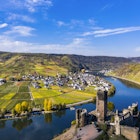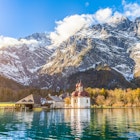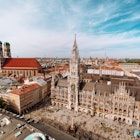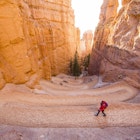There’s more to Serbia than Belgrade nightlife and rock festivals by the Danube. Once you leave the big cities, the country morphs into a clean, green time machine, where customs have remained unchanged for centuries. Ramble down this retro route through southern Serbia, with its rolling hills and welcoming villages, for a delightfully authentic off-the-beaten-path experience.
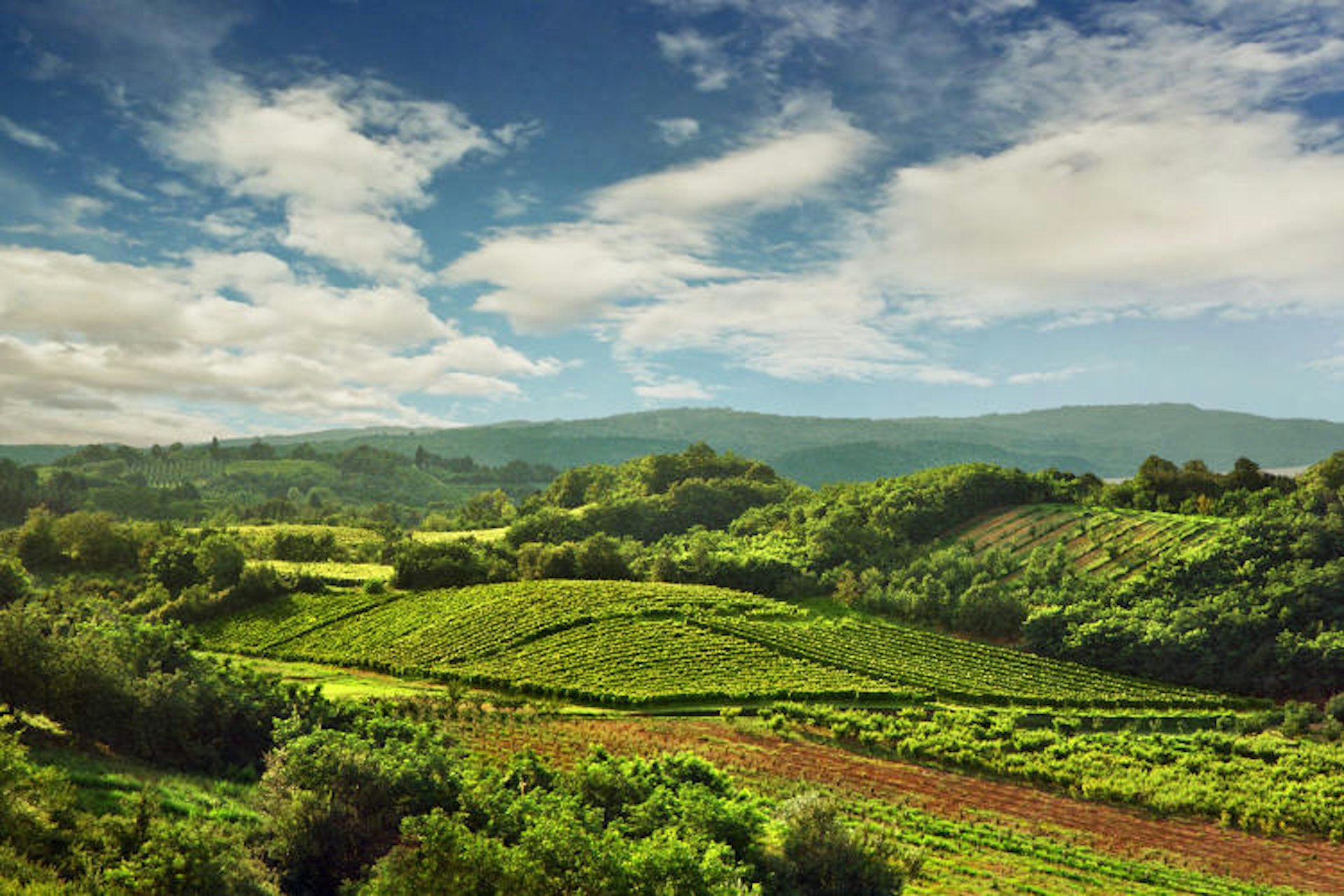
Discover winery heartland in Aleksandrovac
About 230km south of Belgrade, the historic town of Aleksandrovac is one of Serbia’s wine capitals and the centre of the Aleksandrovac župa (wine region). There is evidence that winemaking in the župa goes back to Roman times. While sauvignon, semillon and riesling grapes are all grown here, it’s the centuries-old Prokupac and Tamjanika varietals that truly shine. There are more than 24 preserved (and hugely photogenic) winegrowers’ lodges, called poljana, remaining in the region. Aleksandrovac hosts a wine festival each September, when wine literally flows like water – the town fountain gushes with (free!) village vino. The Ivanović Winery (ivanovicvino.com) welcomes visitors; sample a sip or three in their rustic garden.
Hit the ancient hot springs of Vrnjačka Banja
Need a post-župa cleanse? Nearby Vrnjačka Banja (vrnjackabanja.co.rs) has been famous for its curative spas since 2 AD. Home to the world’s only hot spring with a temperature exactly the same as the average human body (36.5 °C), the town attracts thousands of health-seekers looking to take the same therapeutic waters as the ancient Romans, 19th-century socialites and communist bigwigs before them. This detox detour offers budget treatments from electrotherapy to enemas. In town, check out the Bridge of Love, where ‘love padlocks’ first appeared 100 years before their Parisian fame thanks to a WWI love story: a young officer left his sweetheart to go to the front in Greece where he fell in love with another, never to return. She died of heartbreak, and since then young lovers have been locking padlocks to the tragic couple’s favourite meeting place.

Meet monastic life at medieval Studenica
One of the most sacred sites in Serbia, Unesco-listed Studenica Monastery was established in the 1190s by the founder of the Serbian empire (and future saint) Stefan Nemanja and developed by his sons Vukan, Stefan and Rastko (St Sava, founder of the Serbian Orthodox Church). Active monastic life was cultivated by Sava and continues today, though this thriving little community doesn’t mind visitors. Two well-preserved churches lie within impressive white-marble walls. Bogorodičina Crkva (Church of Our Lady), a royal funeral church, contains Stefan’s tomb. Smaller Kraljeva Crkva (King’s Church) houses the acclaimed Birth of the Virgin fresco and other masterpieces. From Novi Pazar, catch a Kraljevo-bound bus to the village of Ušće (about one hour) and hop a local bus from there, or negotiate a return taxi journey.
Join the trumpet madness of Guča
On the surface, the Dragačevo Trumpet Assembly (guca.rs) – an annual gathering of brass musicians – sounds harmless, nerdily endearing even. But band camp this ain’t: it is, however, the most boisterous music festival in all of Europe, if not the world. Known simply as ‘Guča’, after the western Serbian village that has hosted it each August since 1961, the four-day debauch is hedonism at its most rambunctious: tens of thousands of beer-and-brass-addled visitors dance wild kola through the streets, gorging on spit-roast meat and slapping dinar notes on the sweaty foreheads of the (mostly Roma) trubači performers. The music itself is relentless and frenzy-fast; even Miles Davis confessed, ‘I didn’t know you could play trumpet that way’. Sleep is a dubious proposition, but bring a tent or book ahead anyway: the festival website has information on accommodation and transport.

Go carpet-and-cheese shopping in Pirot
Way over in the east, Pirot holds an unusual claim to fame: it makes carpets and cheese like nobody else in Serbia. The Pirot ćilim is a reversible, handwoven sheepswool carpet (or rug), instantly recognisable for its eye-poppingly bright hues; fire-engine red is a hallmark shade. They’ve been making them in Pirot for centuries, and the carpets are so culturally valuable they’re protected by geographical indication. Just as coveted is Pirot kačkavalj, a wonderfully perfumed cheese that Pirot producers are so proud of, they patented it. You’ll find both cheese and carpets for sale all over Pirot; the Museum of Ponišavlje (topirot.com) also displays carpets and other traditional crafts in an authentic 19th-century Balkan merchant’s house.
Find grilled-meat heaven in Leskovac
Further south, Leskovac is celebrated Serbia-wide as the capital of meat. The locals’ skill with the grill is put on show every August at the town’s Roštiljijada (Barbecue Week), when tens of thousands of ravenous revellers come to sample everything from ćevapi (finger-sized skinless sausages) to the record- and belt-busting 50kg pljeskavica (minced-pork-and-beef burger patty). Not surprisingly, Leskovački voz (Leskovac train) is named in honour of Serbia’s meatiest metropolis: it’s a series of barbecued meat courses that just keep coming. And if it didn’t already excel in Serbian culinary customs, Leskovac is also one of the country’s leading growers of the beloved paprika (red pepper). In early autumn surrounding villages turn bright red from houses proudly decorated with massive paprika strings. Come hungry.
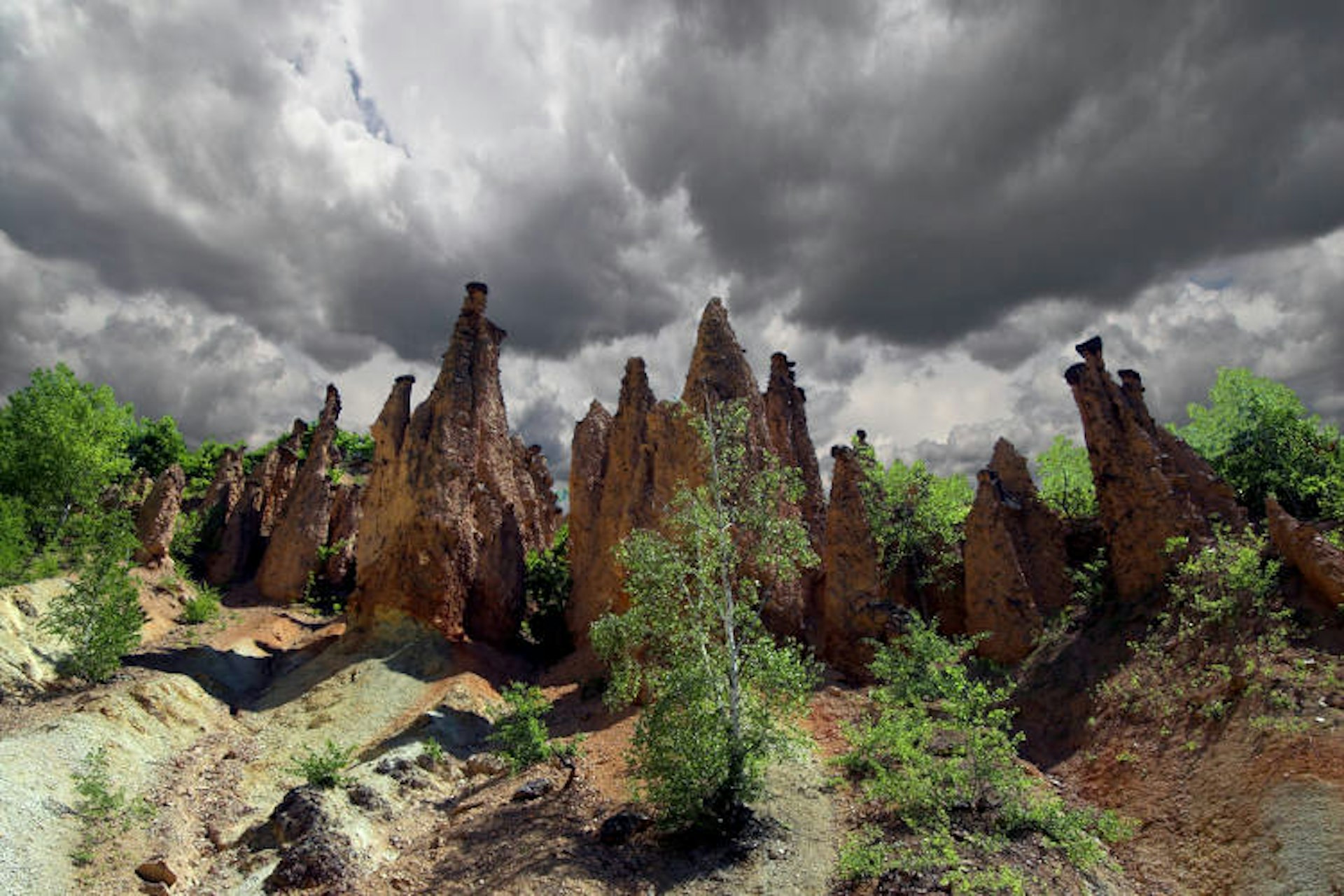
See the rock pyramids of Devil’s Town
Djavolja Varoš (Devil’s Town; djavoljavaros.com) in Serbia’s deep south, is a trippy cluster of 202 natural stone pyramids looming eerily over bright red, highly acidic mineral streams. According to local whispers, the towers – which teeter between 2m and 15m in height and are topped with creepy volcanic ‘heads’ – were formed after guests at an incestuous wedding were petrified by an offended god. Djavolja Varoš is easily reached by car; otherwise catch a bus to Kuršumlija, and grab a taxi from there. Camping at the park isn’t allowed, but there are plenty of villagers willing to take in strays. You could camp nearby, but snakes and wolves abound. It’s not called Devil's Town for nothing...
Spot griffon vultures in Uvac Canyon
Home to the mighty (and endangered) griffon vulture, the spectacular meanders of Uvac river are hidden within a protected nature reserve (uvac.org.rs) in southwestern Serbia. Here, the incredibly green river snakes through steep limestone rock in a zigzag manner – a feat of nature that’s best admired from lookouts high above the canyon. The reserve is home to both Serbia’s largest cave system and an impressive number of plant, fish and bird species. Hit the hiking trails and clamber up to the viewpoints (with plenty of birdwatching opportunities along the way), hop on a boat with a ranger and admire the Ice Cave’s ornaments, or join a caving and kayaking tour. The easiest way to reach Uvac is with your own wheels; or catch a taxi from Nova Varoš.
This article was first published in March 2015 and last updated in April 2017.

